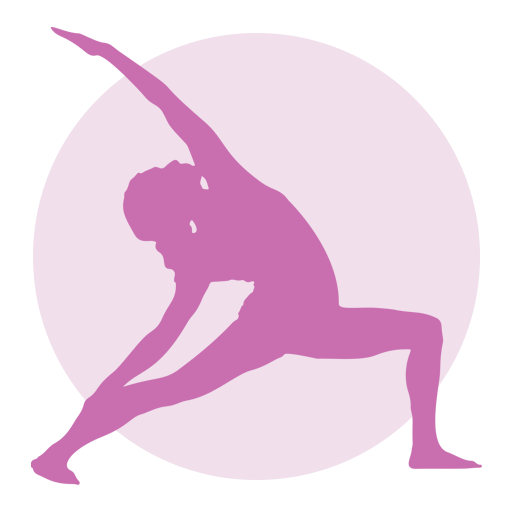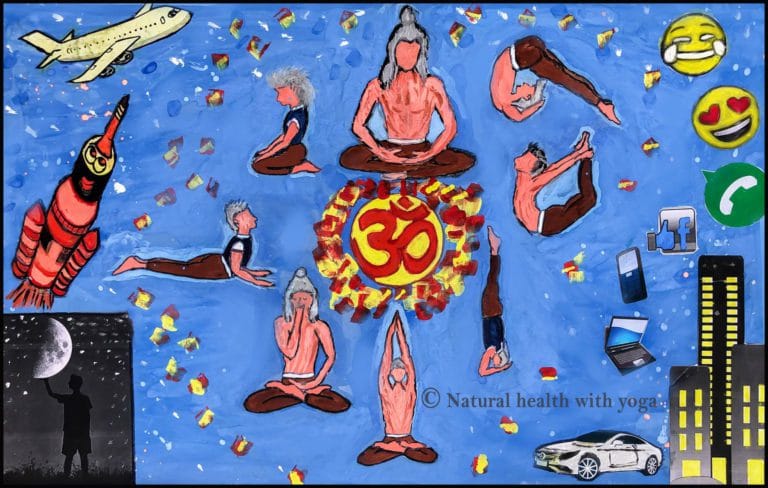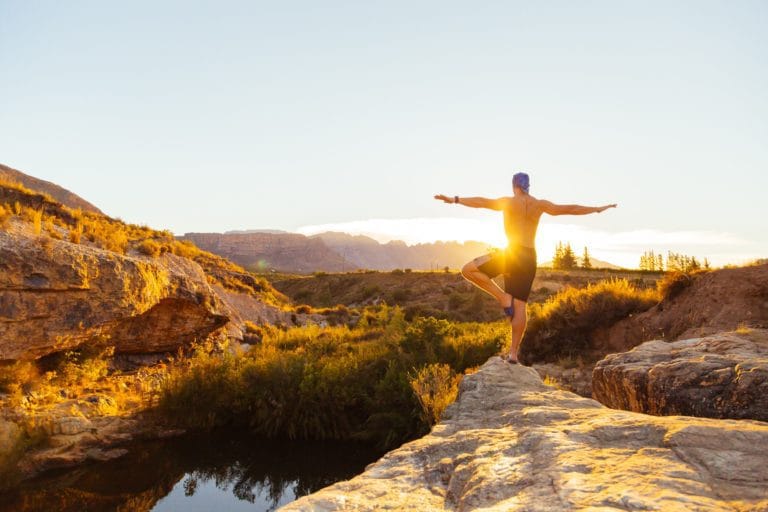Asanas can be practiced by people of any age, ability or condition
Consult a doctor if you have cardiac or any other medical problem
Learn asanas from a knowledgeable and experienced yoga teacher
Those with health issues, must practice with the guidance of a teacher
Inform your teacher about your health issues and about your lifestyle
Start your asana practice three to six months after delivery or any surgery
Avoid practice during fever, diarrhea or any condition that drains your energy
Practice half an hour after taking a beverage and four hours after a meal
Keep your stomach, bowels and bladder empty before your practice
A bath before and after your practice will refresh your body and mind
Wear modest, loose, comfortable clothing, that will allow free movement
Warm up your body before practice; cold and stiff muscles may cause injury
Practice in a well ventilated and clean room, only on a non-slip yoga mat
Do not practice asanas on a bed or on sand or on any uneven surface
Respect your body and listen to your body; do as much as your body allows
Start your practice with relaxation asanas, when you feel dull or exhausted
Follow the given cautions and instructions to avoid discomfort or injury
During menstruation avoid leg lifts, backward bends, inversions and twists
Pregnant women must practice with guidance of an experienced teacher
Practice everyday at the same time with passion and commitment



